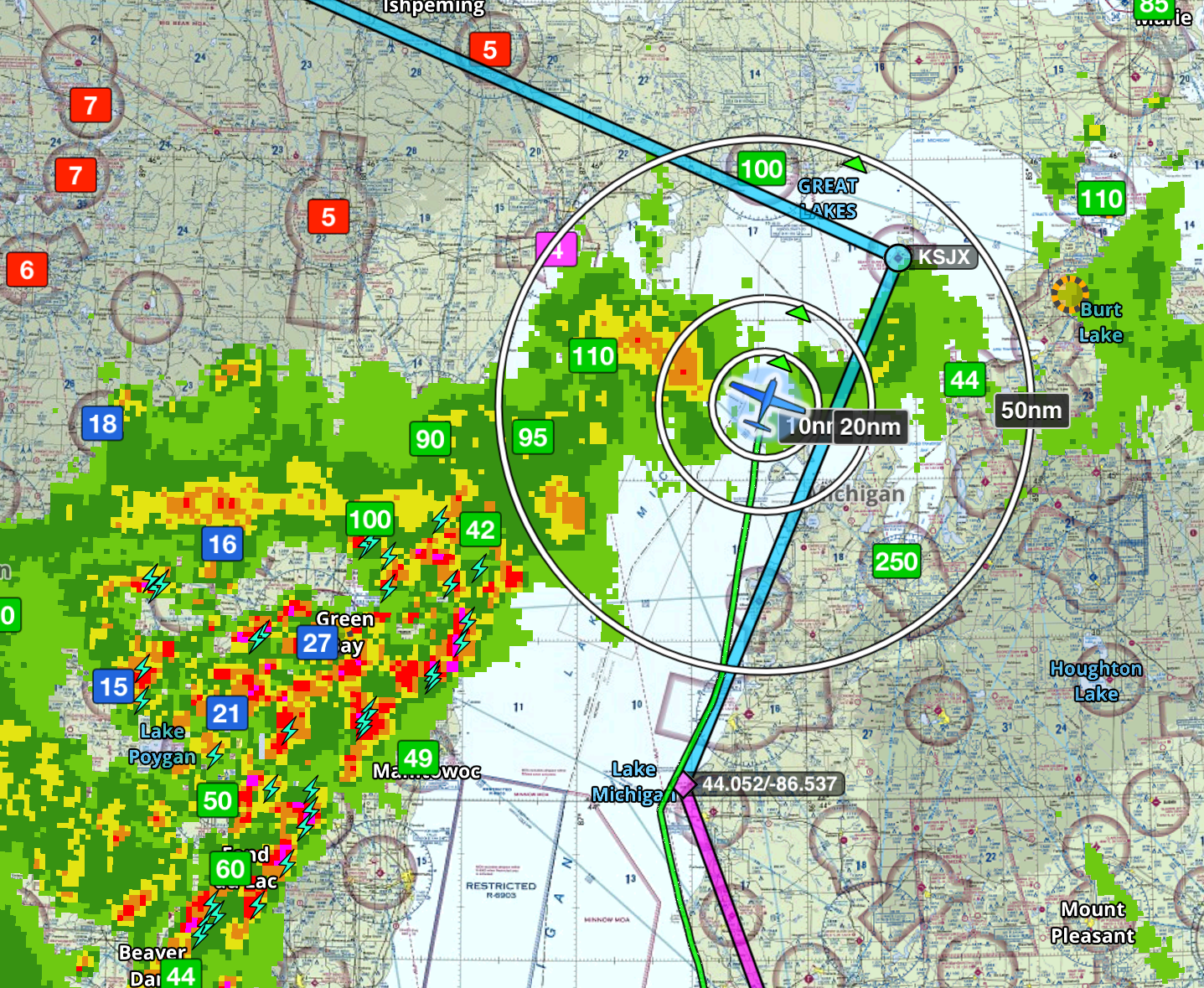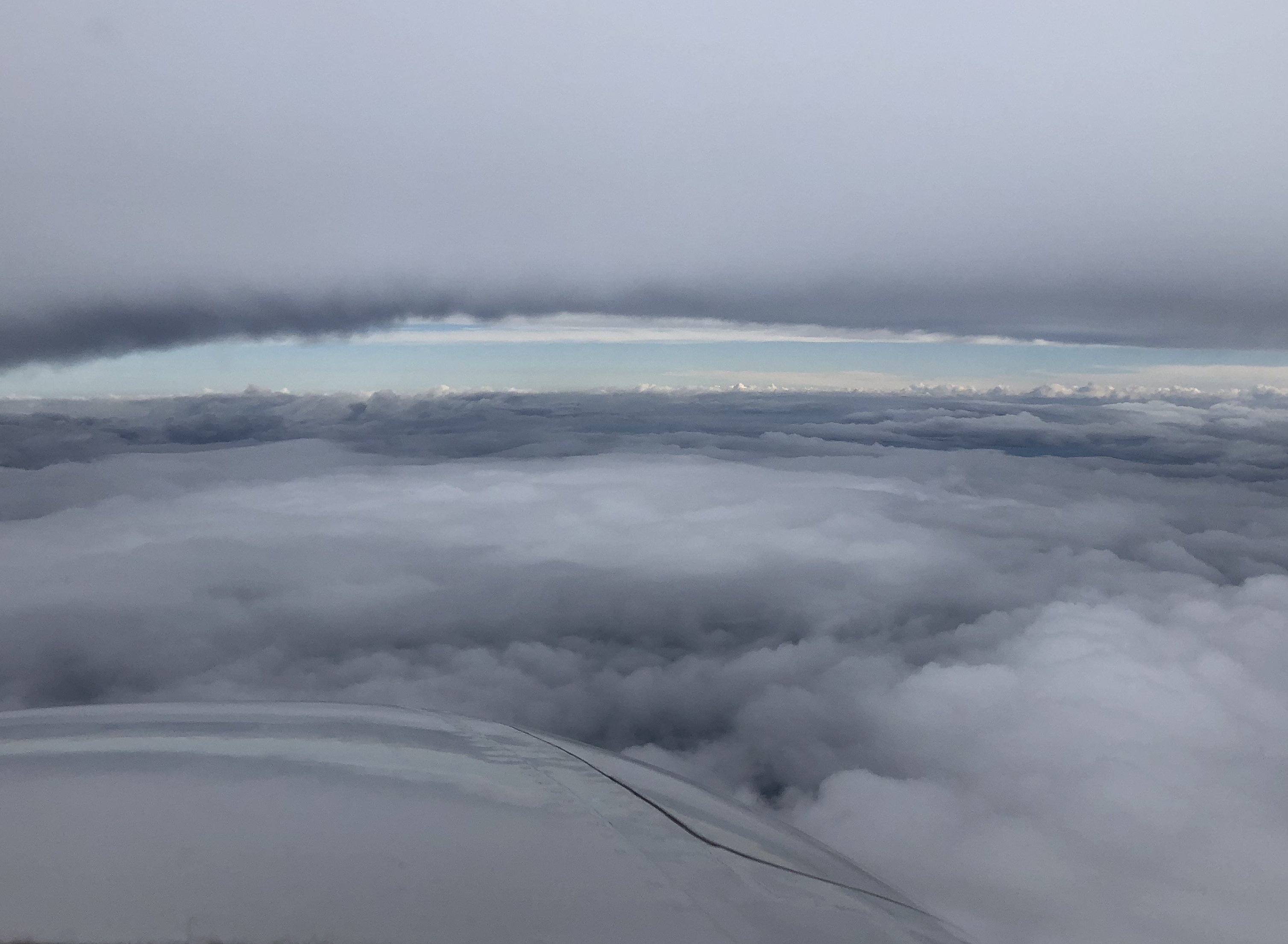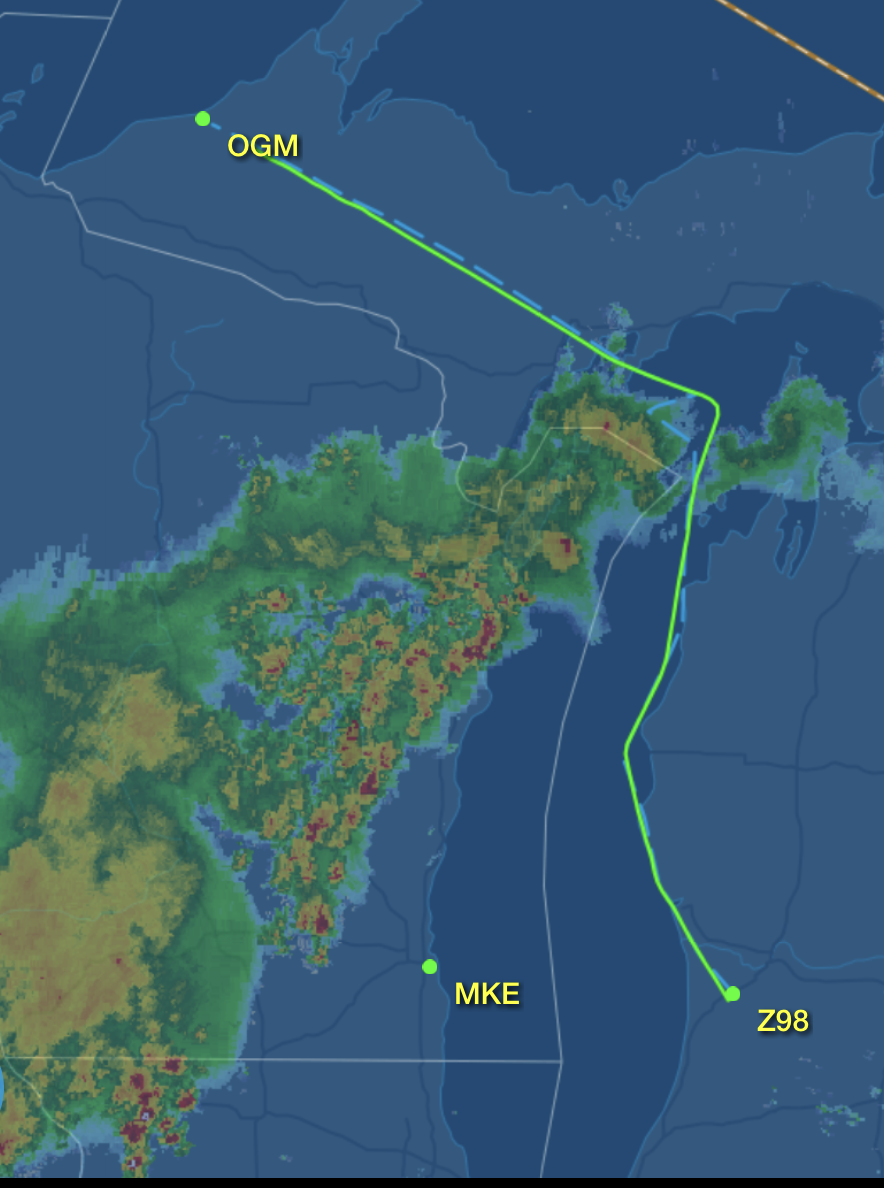Sometimes the questions I get asked on practical tests (checkrides) leave me a little befuddled and confused, even a little surprised that they are actually being asked. But, yet, they still get asked. Just for fun, I thought I would share a few that were a little unexpected, and a few that were way more than unexpected.
Let’s start with something more common than you would ever expect.
What’s the ACS/PTS?
Ummm, it’s just the standards document that the FAA puts out listing the exact things that an applicant will need to know and demonstrate on a practical test administered by an FAA Designated Pilot Examiner (DPE). It’s a little scary how often applicants have never been introduced to the “menu for the checkride” by their instructors. Shame on those instructors that don’t bother to do this.
Can we do the test at the table in the middle of the FBO?
An important part of administering a checkride for a DPE is to make sure that it is distraction-free for the applicant. In fact, the FAA indicates that the DPE must find a place to conduct the test that doesn’t incur distractions and has four walls and a closeable door. This ensures that the applicant isn’t getting any outside help and that the test isn’t interrupted in a way that would negatively affect their performance also. The middle of the FBO on a Saturday morning with people coming in and out for coffee and donuts isn’t going to be the place to do this.
Do I pay you only if I pass?
Huh? Well, your DPE is providing a service, the practical test, and the DPE does this for a fee. It takes their time, their expertise, and it is a for-fee relationship. So, no, you probably aren’t going to get to only pay if you pass. Plus, wouldn’t that be a little weird and unethical to have it be a “pay to pass” kind of thing?
Does my instructor need to know I am doing the test today?
Well, that would help. Especially because there is paperwork they need to do to make the checkride able to be completed. I have actually had this question on more than one occasion. Surprising, huh?
Do I need a student pilot certificate? Endorsements? Application?
Back to the above point that there is paperwork that the instructor needs to do. Technically, an applicant has to be “qualified” by the DPE for the practical test, which means reviewing all of their documentation, training records, and endorsements. Missing any of the required paperwork or certificates may not only result in ineligibility for the practical test, but it may even result in invalidation of some of the previously received training if the correct paperwork was never completed.
Can you give me a(n) [____] endorsement for [_____]?
Missing one of the endorsements you need for that checkride? Just ask the examiner to sign it off, right? Nope. The DPE isn’t there to give you training, they are there to test you to the FAA ACS/PTS standard that is applicable. They aren’t acting as an instructor and can’t provide you endorsements for the practical test. They also can’t give you endorsements that are missing, such as a complex, tailwheel, high performance, flight review, or any other endorsement that might be needed to keep that practical test going forward.
Do you do some of the flying for me?
An applicant is there to demonstrate THEIR abilities to perform to the ACS/PTS standards. The DPE is there to evaluate that. So, no, the DPE can’t do any of the flying for you. It gets asked more often than you would think.
If I mess up a maneuver, and fail, can I just try it again?
Testing standards indicate an applicant must demonstrate the maneuver. Failure to do so means they do not meet the prescribed standard. They don’t allow the DPE to let the applicant keep trying “‘til they get it right”. An applicant should be able to consistently perform within prescribed standards before they try to complete the checkride.
Can my instructor help me with answers?
Well, an instructor is there to teach the applicant, not do the test for them. While resources are available for reference, things such as the FAR/AIM document, that doesn’t mean you get a “phone a friend” or your instructor on the checkride. Your instructor can’t answer for you, do maneuvers for you, or sit in on your practical test. Oh, they can’t translate for you when there is a language barrier either. English language is an FAA requirement. Yeah, that has been an issue in some places.
Can my parents come with?
Huh? Seriously? I actually have had this asked more than once. My response? “Gee, why? Do your parents want to be pilots?”
You would think the answer to this was obvious, but it isn’t always. So, officially, “No, your parent can’t come with on the practical test.”
I am sure there are many more that examiners and instructors have come across, but I thought I would share at least these. Anyone have more? Feel free to leave them in the comments below.



